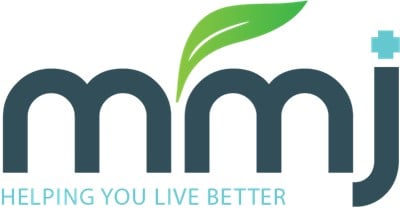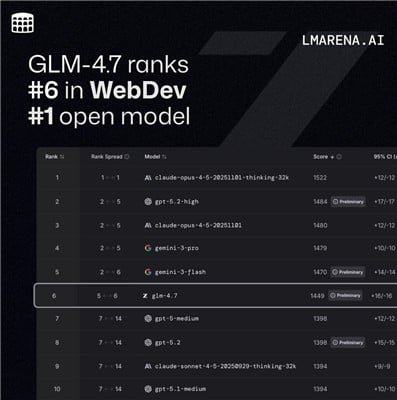Local Observations on Coronavirus Impact
People of many different racial and ethnic backgrounds have been sickened by the virus all over the world, but studies are finding both the African American and the Native American communities seem to be especially susceptible.
DULUTH, Minn. – People of many different racial and ethnic backgrounds have been sickened by the virus all over the world, but studies are finding both the African American and the Native American communities seem to be especially susceptible.
Many individuals from minority backgrounds work as essential workers, including grocery stores and public transportation.
When it comes to obtaining information about how to stay safe, experts say there is already a disparity that exists.
“There are so many levels of disparities that exist in American society and so even the idea of staying at home, for some people that’s Netflix marathons right?” said Glenn Simmons Jr., an assistant professor at the University of Minnesota Medical School in Duluth. “But there are still people who don’t actually have consistent access to the internet, therefore they don’t have consistent access to up-to-date information all the time so their information has to go through a certain amount of filters before they actually receive it.”
Researchers are finding both higher rates of mortality and higher rates of infectious disease within minority communities like the Native American population.
Higher rates of chronic disease are one reason Native Americans are more likely to suffer from serious COVID-19 symptoms.
“It’s no surprise in our society in general people of color are hit harder because more of them are working in those service positions that are considered essential,” said Mary Owen, the director of the Center of American Indian and Minority Health. “So getting more exposure to the disease that way on top of all those other factors like chronic disease and other susceptibilities.”
Because the Native American population is community-driven and wants to support others physically, this has been a more difficult time for them.
“Anytime we start to look at and talk about blame then we raise the level of unrest and distrust in our community,” said Owen. “Anytime we have a national emergency or a pandemic it’s the absolute opposite of what we need. We need to come together and support one another.”
And for now, that support includes much more virtual communication than usual.






